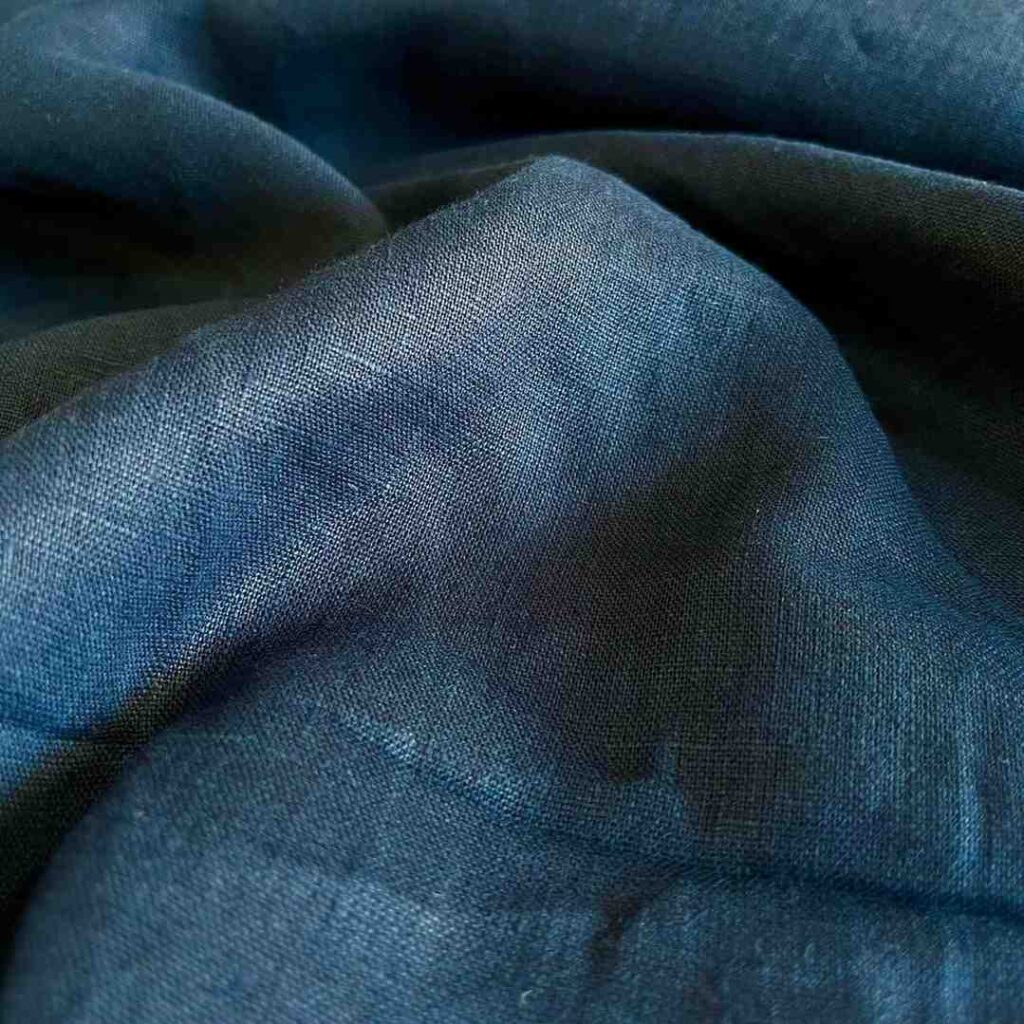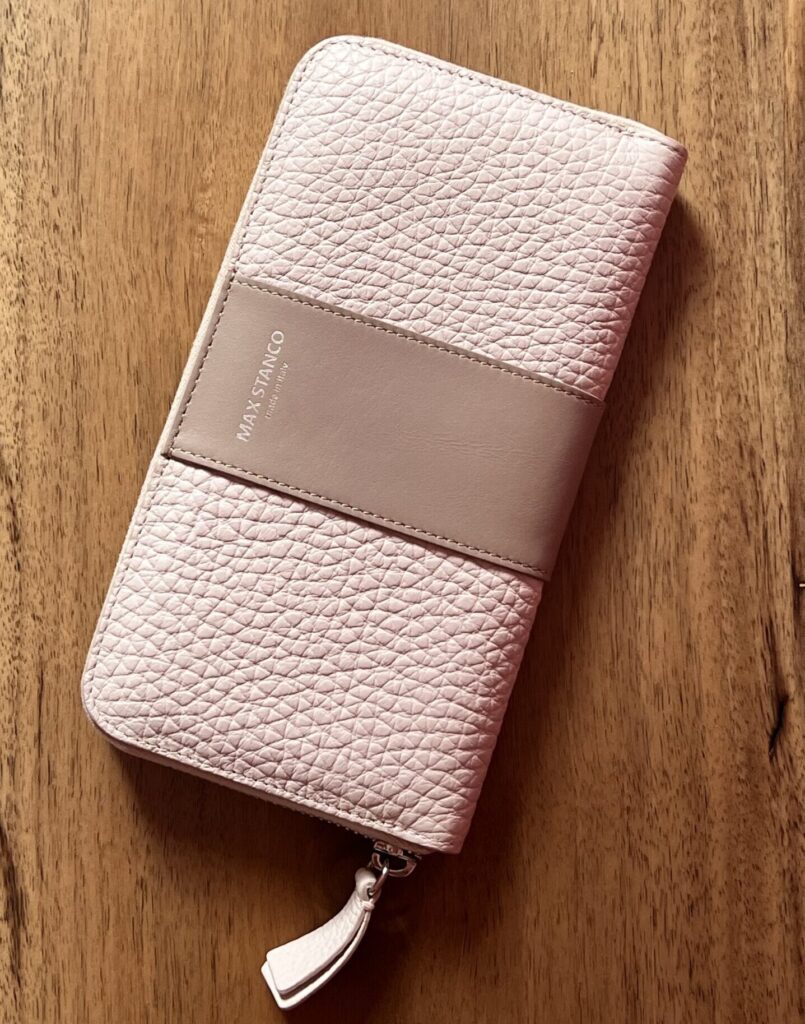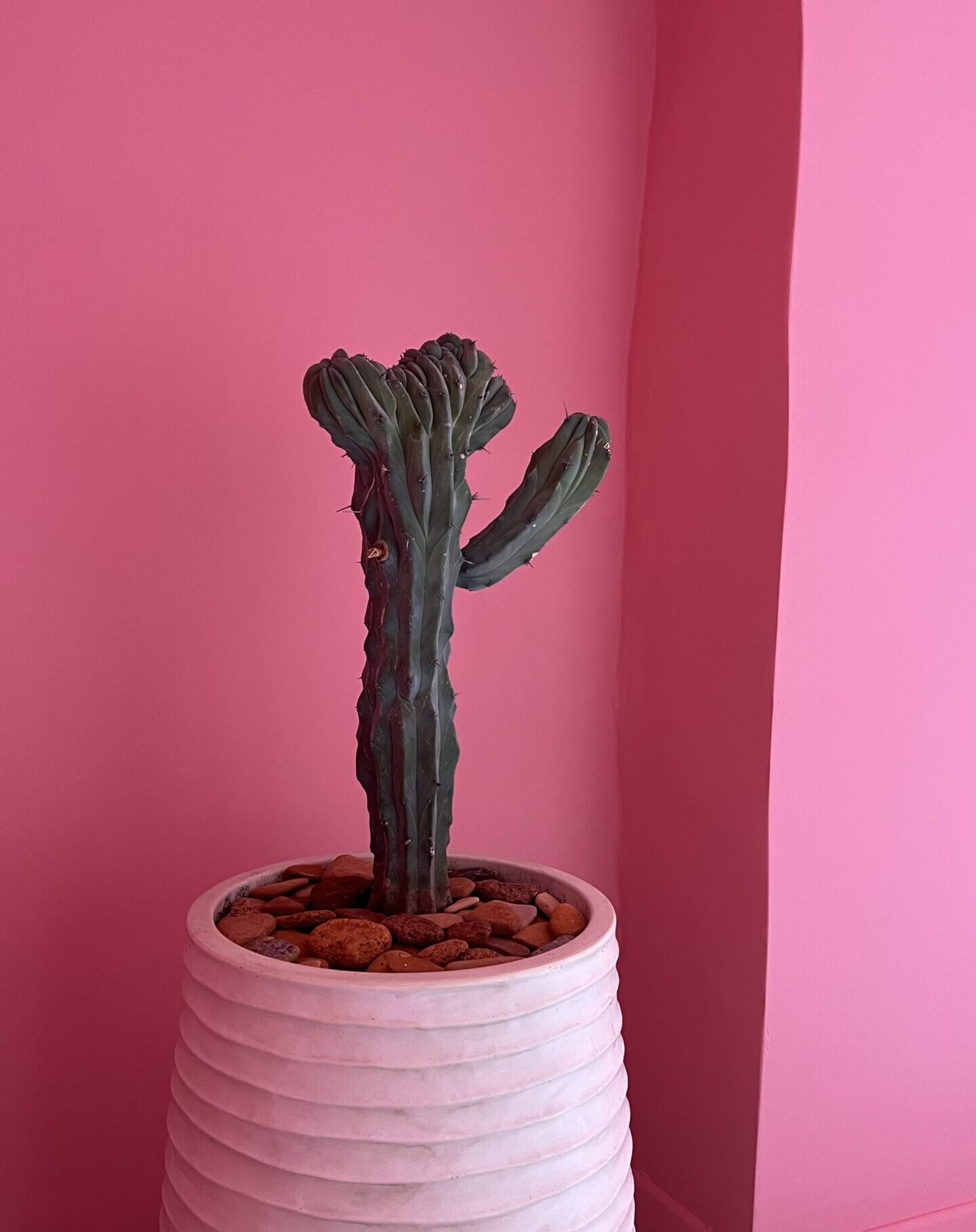Craft Preservation
As the world of garments and accessories continue to change and evolve, the terms “handloom” and “handwoven” often become entangled and confusing for many. Yet, exploring the intricacies of these terms reveals the intricate skill and cultural heritage woven into every piece of fabric. So, let’s unravel the unique features that distinguish handloom and handwoven textiles.

Handloom: A Glimpse into Time-honored Weaving Machines
“handloom” denotes a manually operated weaving apparatus, while “handwoven” encompasses the intricate process of crafting fabric by hand, whether through a handloom or other manual techniques. These terms highlight the handcrafted and time-honored aspect of textile production, showcasing the artistry of creating textiles without machinery. Fabrics created through handloom weaving are cherished for their genuine cultural value and the artistry of the skilled artisans behind them.
Delve into the world of traditional weaving with the concept of the “handloom.” At its core, the handloom is a manually operated device used by skilled weavers to bring stunning patterns and textures to life. As the weaver sits before the loom, carefully navigating its frame, heddles, and shuttle, raw yarn
is transformed into a true work of art. The handloom is more than just a machine – it is the artisan’s trusted tool, bridging the gap between yarn and a masterpiece.
As the weaver deftly raises and lowers the heddles, they form a precise shed that is the gateway for the weft yarn’s shuttle to pass through. This intimate, hands-on technique gives a deep sense of control and attention to detail, ensuring that each shuttle pass contributes to the fabric’s creation.


Handwoven: Craftsmanship in Every Thread
Delicately crafted by expert hands, handwoven textiles are more than just products of a handloom. They embody the art of intricate hand-weaving techniques, highlighting the uniqueness and beauty of each piece. Through these weaves, the skill and creative prowess of the artisan are truly celebrated.
Handwoven textiles and leathers possess a distinct quality that sets them apart – the unmistakable human touch. The subtle imperfections, textures, and deviations from the hands-on weaving process give these fabrics special character. These idiosyncrasies are not to be criticized but celebrated, for they bear the signature of the diligent artisan and add an element of individuality to each piece, a testament to their skill and dedication.
Embracing Tradition and Authenticity
There is something special about traditional handloom and handwoven textiles – they are revered for their authenticity and cultural value. The fabrics created through these time-honored techniques impart a powerful sense of heritage, linking wearers to the artisanal origins of textile craftsmanship. Selecting handloom and heirloom garments entails obtaining superior and one-of-a-kind fabrics. It is an appreciation of the artisan’s expertise, unwavering passion for their trade, and a pledge to safeguard a prosperous cultural heritage.

Conclusion
“Handloom and Handwoven” are closely related but refer to different aspects of the textile production process. In summary, “handloom” specifically refers to the type of loom used in the weaving process, emphasizing the manual operation of the weaving mechanism. On the other hand, “handwoven” refers to the broader concept of fabrics or leathers being created by hand, encompassing the entire manual weaving process, regardless of the type of loom used.



